Your basket is currently empty!
The souls in purgatory
What if the superhuman scenario that Dante described at the beginning of the 1300s really existed in a remote place in Sicily? Don’t be afraid, they’re only fantasy, people’s suggestions, but they make an enchanted territory, since it is woven by mysterious beliefs and millenary legends. We are talking about the allegorical representation of the three Kingdoms of the Underworld, which would seem to become realistic in a fairy-tale landscape like the Madonita one.
Dante Alighieri, in his comedy, had represented Hell as a funnel-shaped chasm at the centre of the earth, opening up below Jerusalem; Purgatory as a high mountain to be climbed, in the middle of the sea of the southern hemisphere, until reaching the Earthly Paradise– a garden of delights- where Adam and Eve lived before the original sin.
Obviously, this is nothing more than an allegorical representation of a medieval literary work with clear didactic and religious aims. However, there is a real place on earth which would represent, even though in an imaginary way, what the great poet had told in his famous verses of the Divine Comedy.
According to legendary tales, in fact, in Gratteri there is an access to the Underworld through an impervious cave, similar to the Dante’s cave- called “La bocca dell’Inferno” (the Hellmouth)- just below the ancient Sicilian citadel, like a new Jerusalem.
The popular fantasy told that that narrow passage was obstructed by an imaginary monster, a devil in the shape of a dragon called Macigna, who was chased into the abyss by the Archangel Michael, chosen since time immemorial as the defender of the village.
On the other hand, above the village, proceeding along a winding path through the trees you reach a limestone cave with a very pure spring, called the “Grotta Grattara”, of an unusual beauty, ancestral protagonist of the popular traditions of people from Gratteri.
From a steep path, you climb even higher up to the plateau of “Campi Elisi” of Piano Prato, at the layer of the naked mountain of “Pizzo Pilo”, which overlooks the ancient Madonite village.
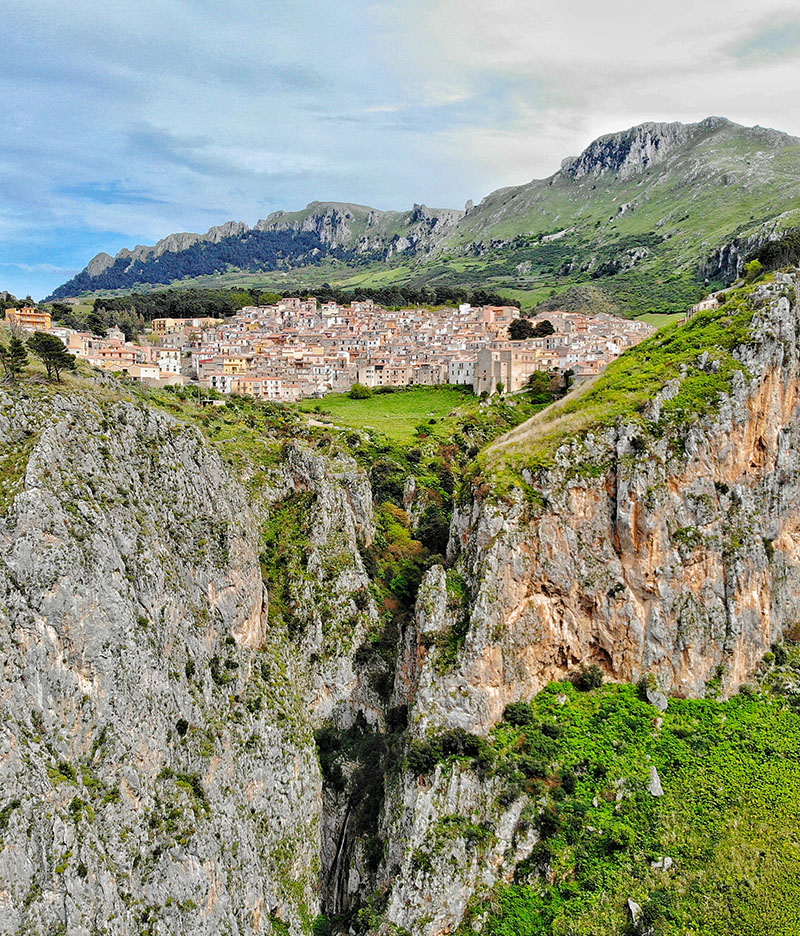
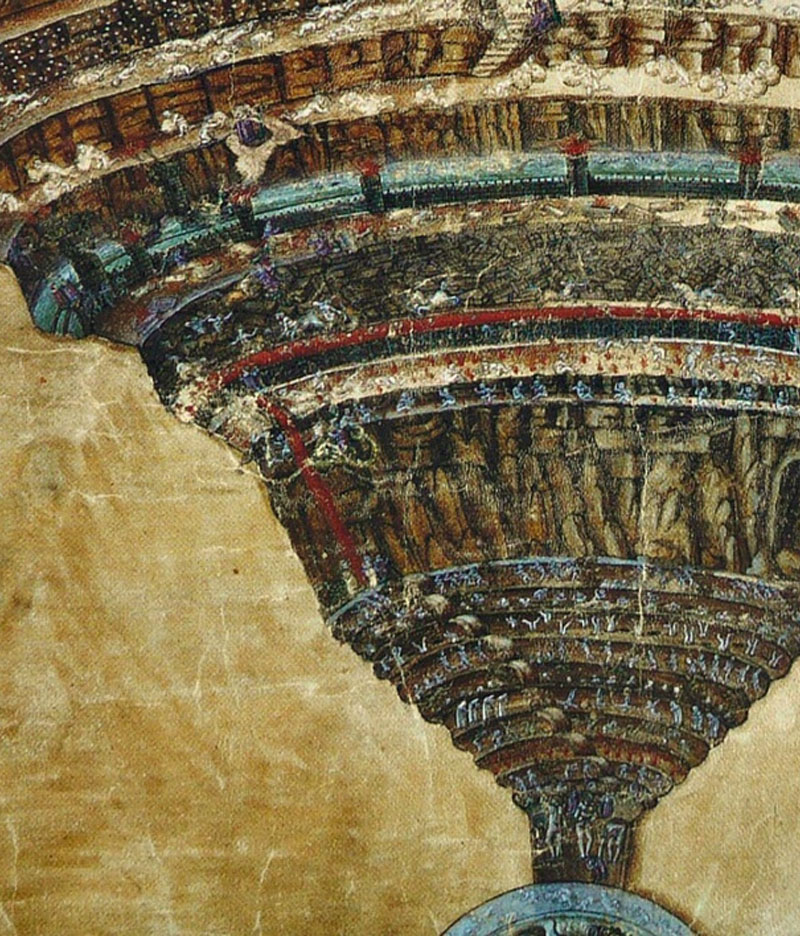
Only then, before a breathtaking panorama, which opens onto the blue expanse of the sea-, suspended among clouds- you will feel as if you were touching the sky with your finger. You have arrived at the earthly Paradise, a pleasant place of peaceful bliss, like the place that was sung by classical poets such as Virgilio.
The Abbot Passafiume in a seventeenth-century description in this way described it: an immense valley of luxuriant lawns and transparent springs where you can find a great quantity of fallow deer, deer and other hunting animals; the sheep are so fat that they “graze the happy pastures with golden teeth (Vedasi B.Passafiume, De origine ecclesiae Cephaluditanae, Venetiis 1645, p.53).
Entering that valley, on the western side of Pizzo Pilo, which you will find majestic in front of you, you will see a cave, which opens like a natural door on the rock towards a mysterious and unexplored kingdom. It is Grotta Panni, at an altitude of 1190 metres, which appear to you similar to those Dantean illustrations by Gustave Dorè. You have arrived at your destination, ready to climb to the stars.
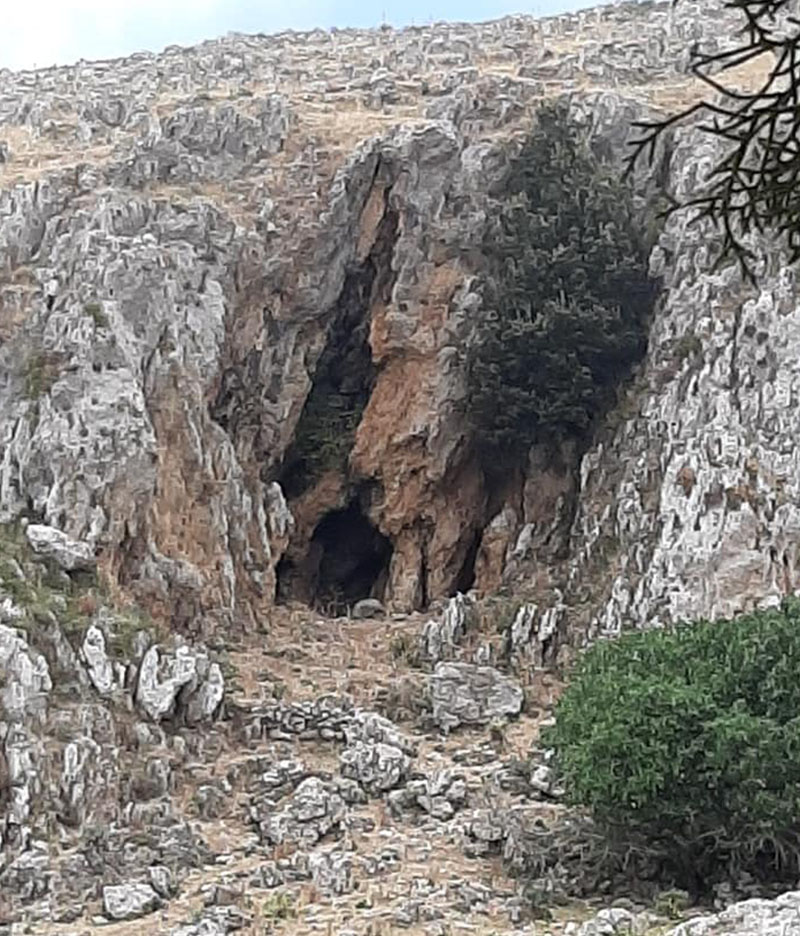
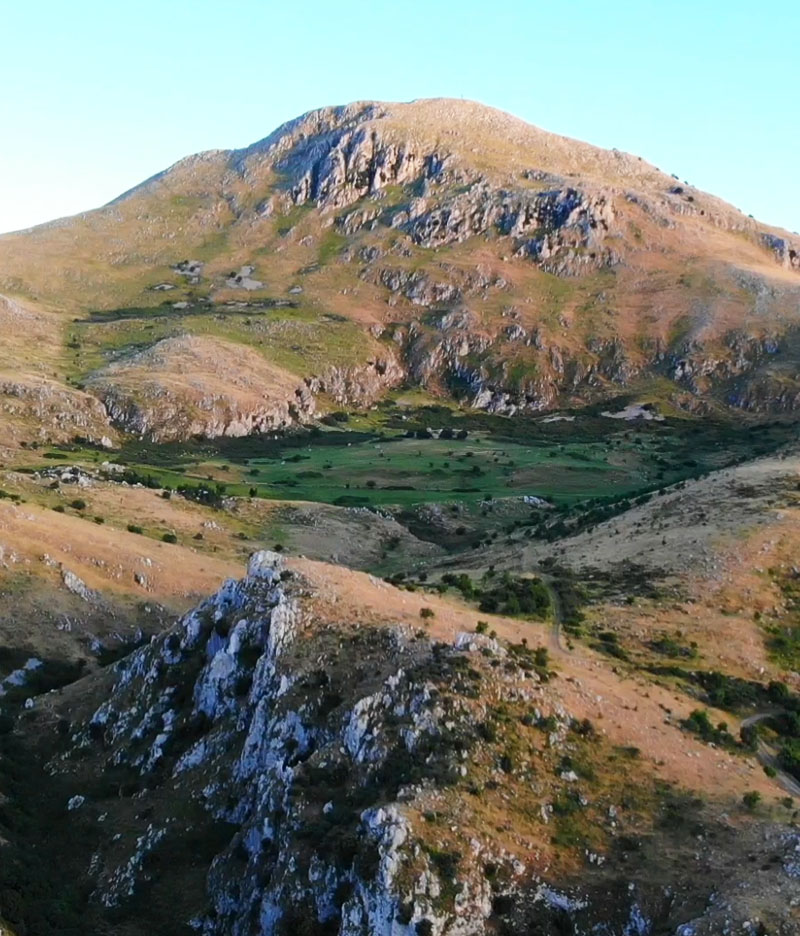
At this point of the tale, after having described a suggestive landscape through the eyes of those who love it, we cannot but tell you a story, still told by grandmothers, the one of the Souls of Purgatory.
A popular belief of Gratteri tells of a procession of souls who come back to earth, during the night of every first Thursday of the month at the stroke of two hours (10 pm). They called it “Priggissioni ‘Mparadisu” and, till some time ago, in those days, it was usual to put oil lamps on the window sills because the souls of the dead were passing by (Lucia Cirincione, born in 1923).
These souls marched through the city center in line, carrying in their hands, instead of candles, bones, “truncùna“.
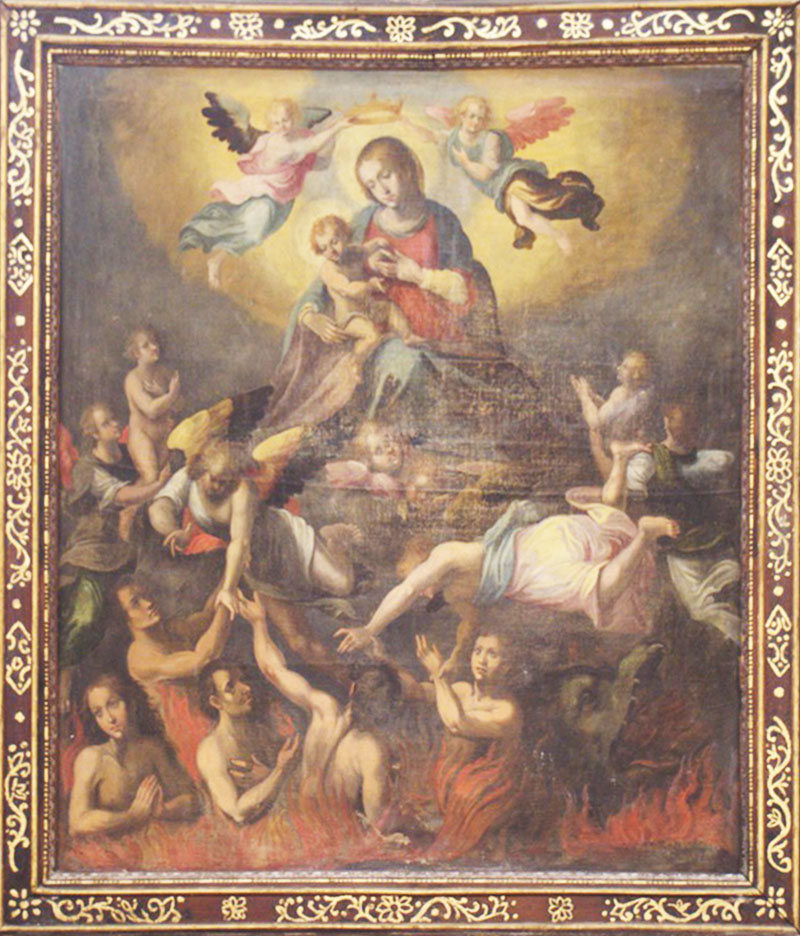
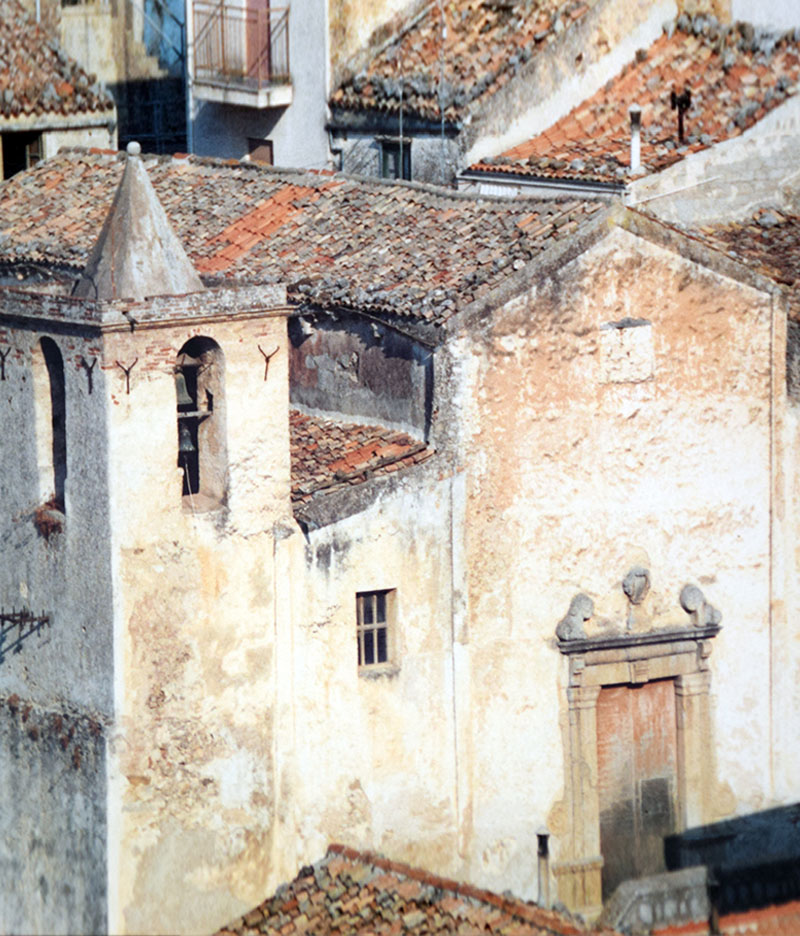
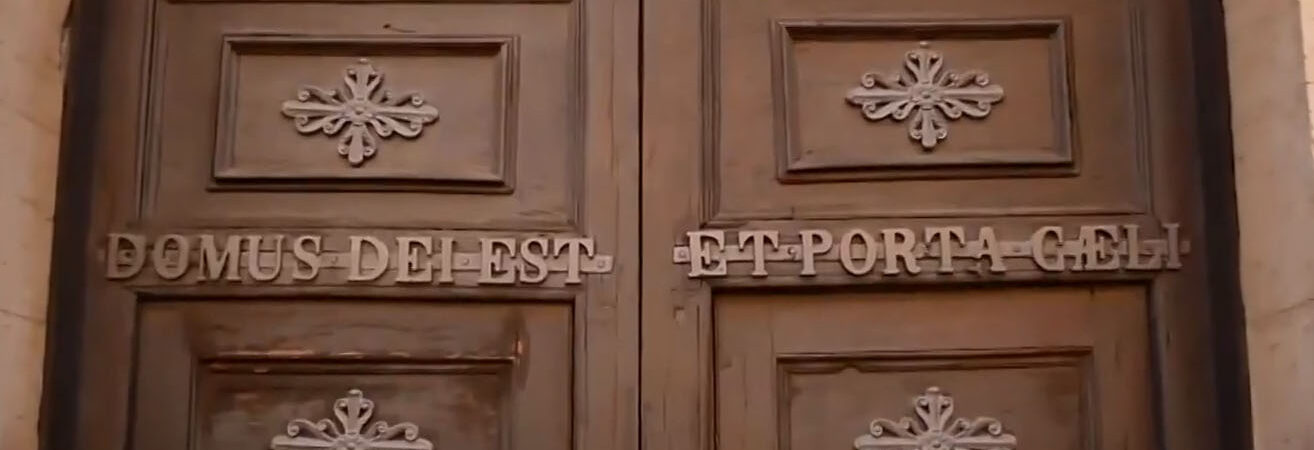
After having walked through the streets, they disappeared when arrived in the Church of the Holy Crucifix at the Scala, where there is a road that, for perspective illusion, would seem to end in heaven (Maria Antonina Cirincione, born in 1913).
There are many testimonies collected in different districts of the village. Elderly women swear that they saw them pass for real and that they recognized some of their deceased relatives (Santa Porcello, born in 1891). Many of the most suggestive stories are set inside the Old Matrix. Mrs. Giuseppa Ilardo, for example, heard telling by her mother that, in her time, on Thursday night, a man passed by with a candle and a bell to invite the people to pray, singing these words: “Oggi in fuura, dumani in sepulture, miàta a cu pi l’alma si procura” (Today in figura, tomorrow in burial, blessed is he who procures the salvation of the soul).
Regarding these particular prayers to be recited every Thursday evening, Mrs. Antonina Lazzara (born in 1922) knew this prayer: “Biniditti su chidd’anni, chiddu misi e chiddu jornu, chiddu jovi e chiddu mumentu, sia lodatu e ringraziatu lu Santissimu Saramientu”. In any case, the Souls of Purgatory cult was quite alive in Gratteri, as demonstrated by the numerous votive shrines present or no longer existing, such as the two small chapels dedicated to “l’Armu Priatuoriu” on the country road from Gratteri to the Abbey of San Giorgio.
The latter were destroyed some time ago and walled up without a valid explanation during the reconstruction of the new trazzera. Today, those pitiful images, forgotten by everyone, are still preserved inside the little church of the Crucifix in the Scala.
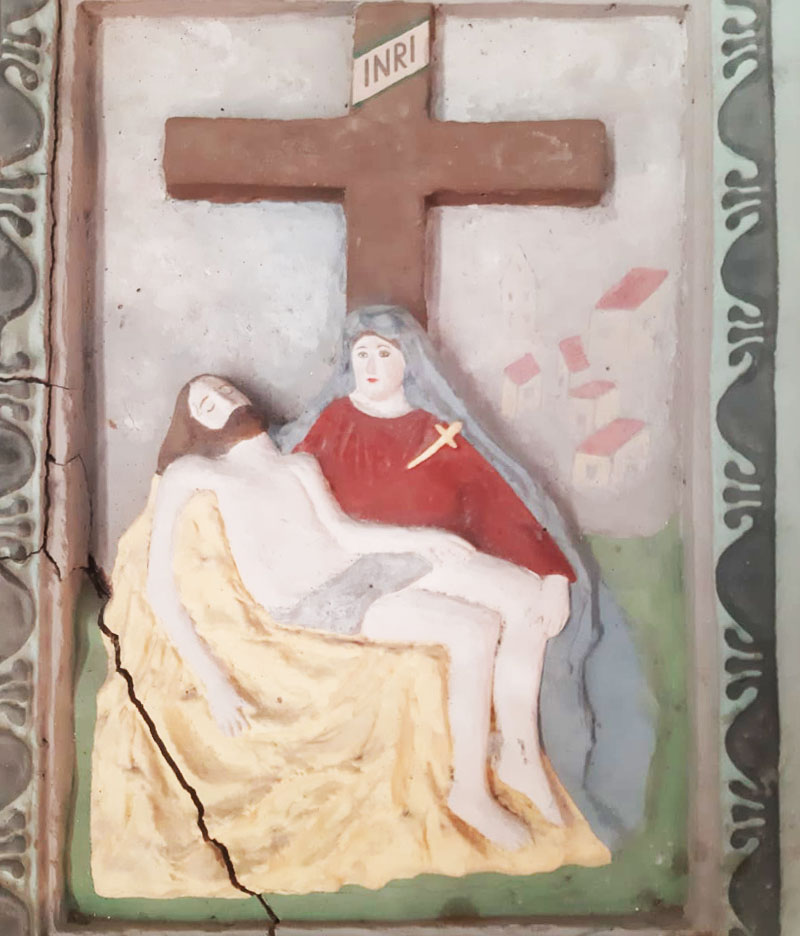
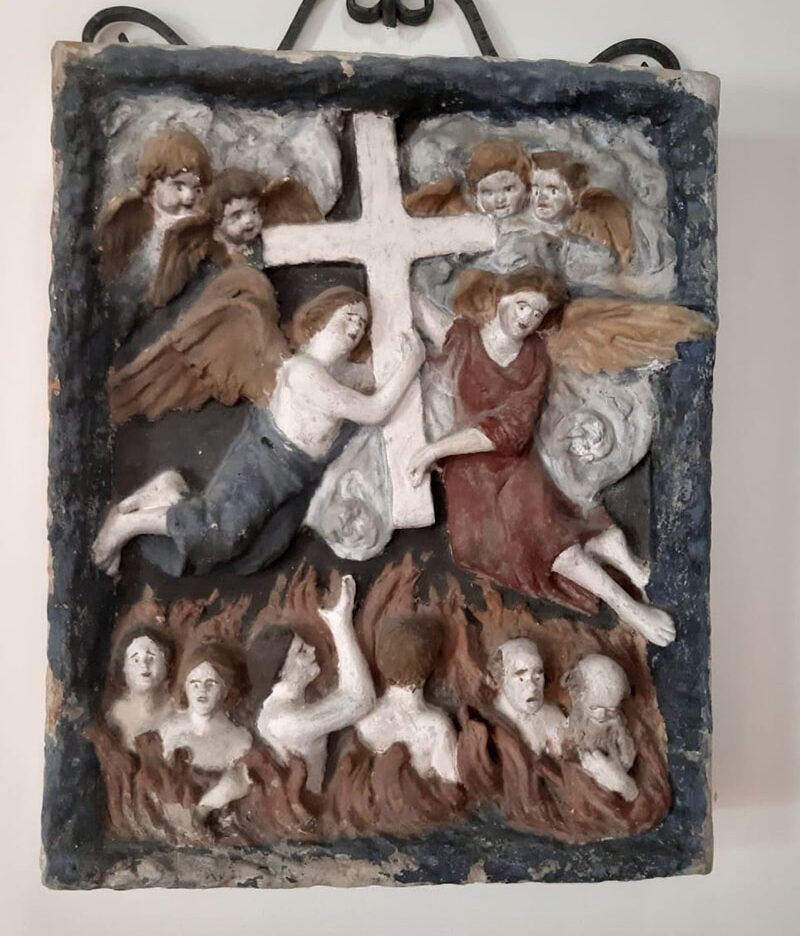
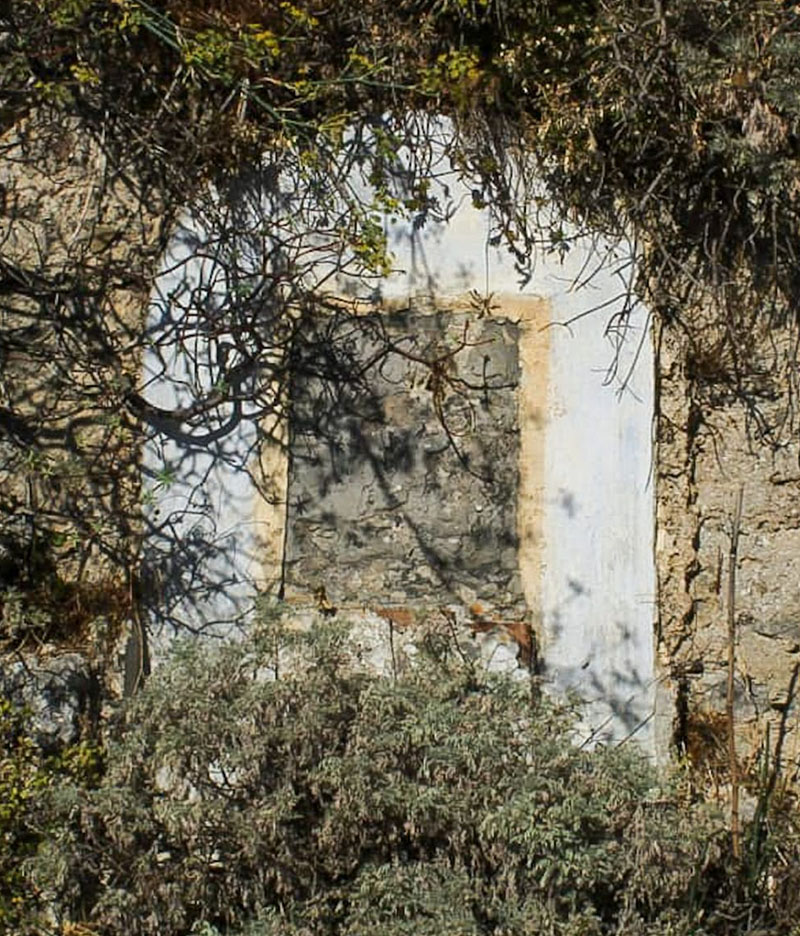
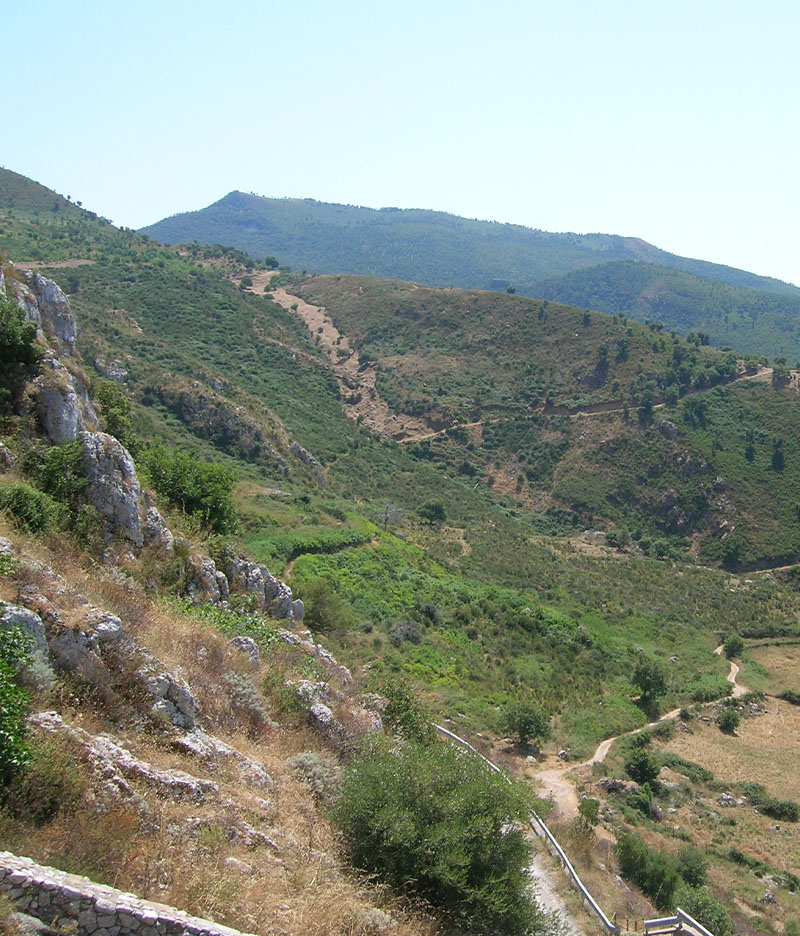
Marco Fragale
(Università di Palermo)
BIBLIOGRAFIA:
PASSAFIUME BENEDETTO, De origine ecclesiae Cephaluditanae, Venetiis 1645, p.53
FRAGALE MARCO, tedi di Laurea in Lettere Moderne: Il ciclo dell’anno a Gratteri. Aspetti devozionali e significato antropologico. A.A. 2006/2007


